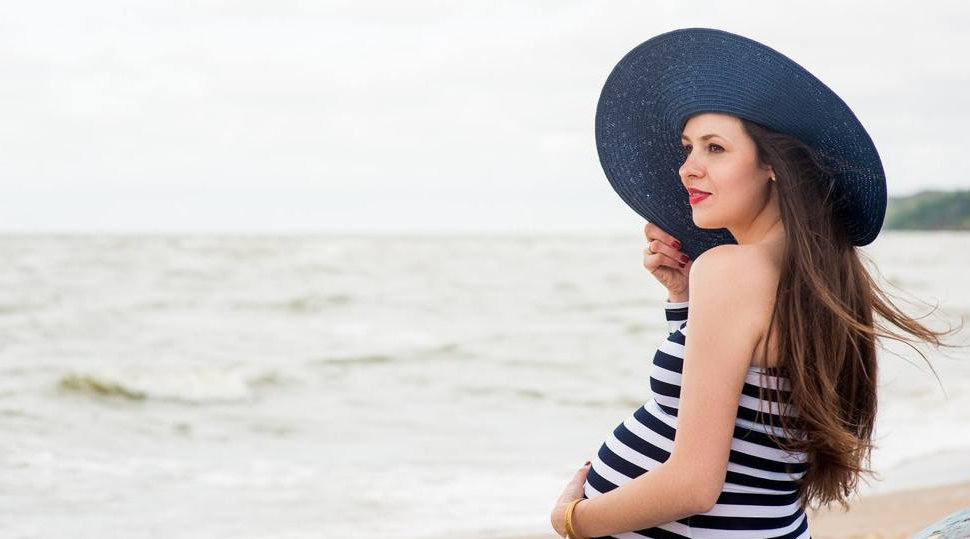After childbirth, lochia should naturally stop around six weeks postpartum, but some women may encounter issues of recurrent lochia, which can be attributed to several key factors. The primary factor is the incomplete removal of the uterine endometrium. After delivery, the uterine endometrium gradually sheds and is expelled from the body in the form of lochia. If this process is not completed, the remaining endometrium will continue to shed, triggering a new wave of lochia. This may be due to incomplete expulsion of the endometrium during delivery or due to weak uterine contractions. Secondly, uterine infection should not be overlooked. It can cause endometritis, interfere with the normal shedding and excretion processes, leading to recurrent lochia. Infection may originate from bacteria invading during delivery, or inadequate postnatal care and poor personal hygiene. Furthermore, poor uterine contraction is also an important factor. It hinders the effective expulsion of the endometrium, causing accumulation of residue, thereby prolonging or recurring lochia. This is usually related to postpartum hemorrhage and uterine muscle relaxation, requiring timely medical intervention to restore uterine function. In conclusion, recurrent lochia after childbirth is mainly associated with residual uterine endometrium, infection, and poor uterine contractions. In cases like this, seeking medical attention promptly and following professional guidance is crucial, while enhancing personal hygiene, participating in postpartum check-ups are effective preventive and coping measures. Additionally, focusing on health cultivation, fostering healthy daily habits and dietary patterns, can greatly benefit speeding up postpartum recovery and reducing recurrent lochia.
The reason for the recurrence of postpartum lochia in women


